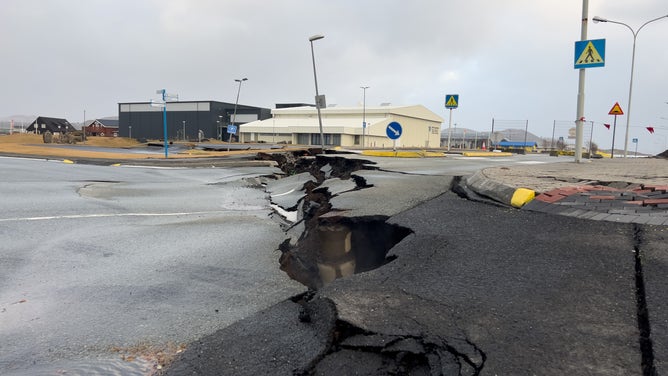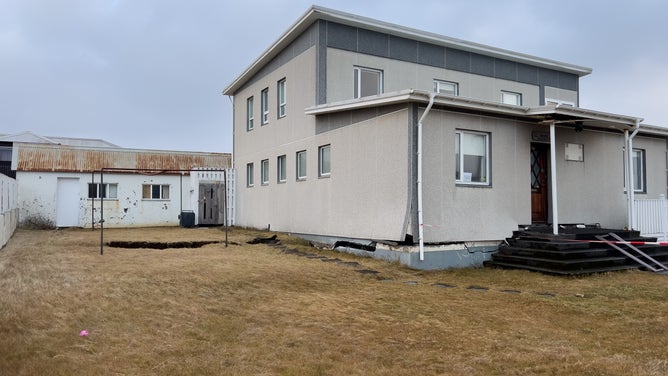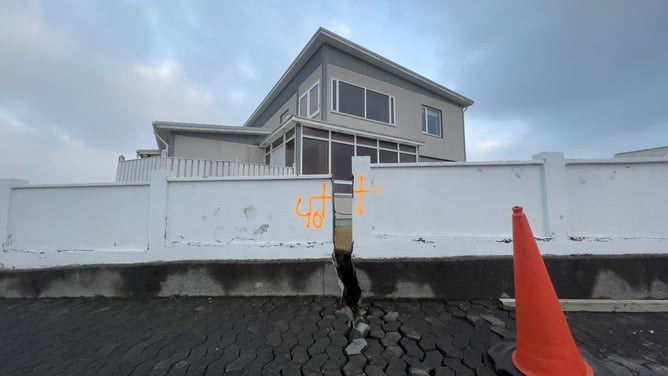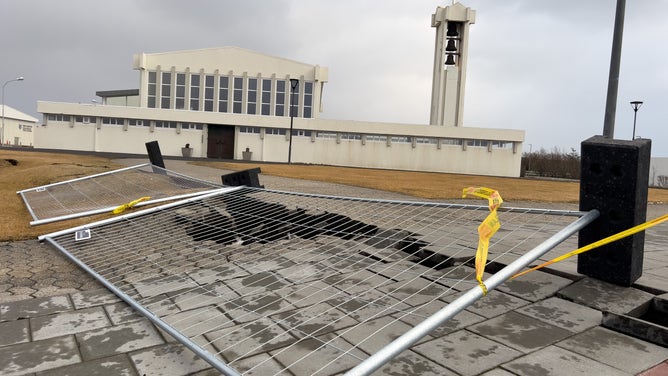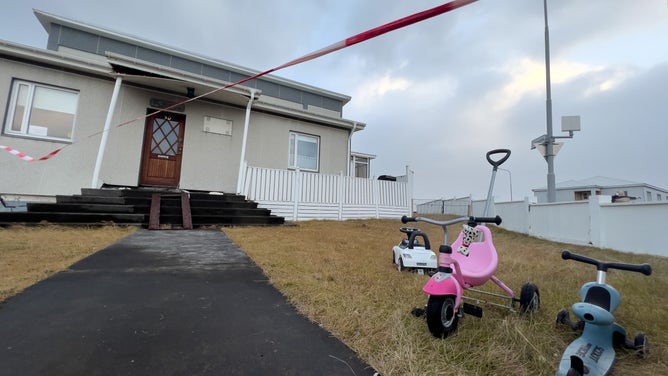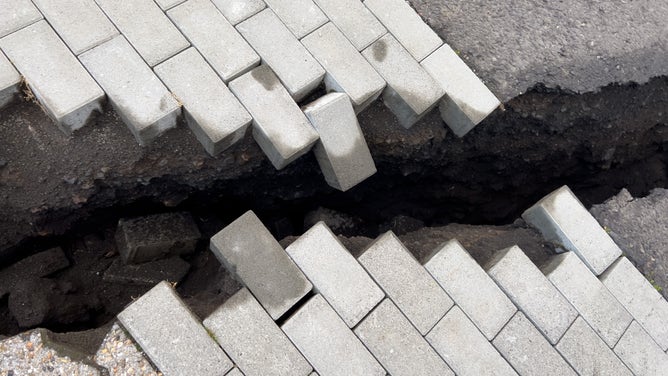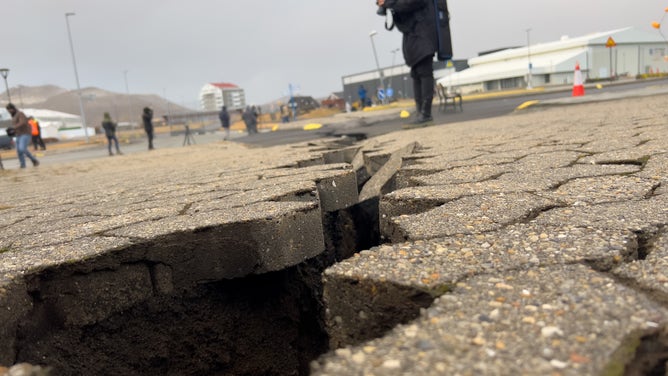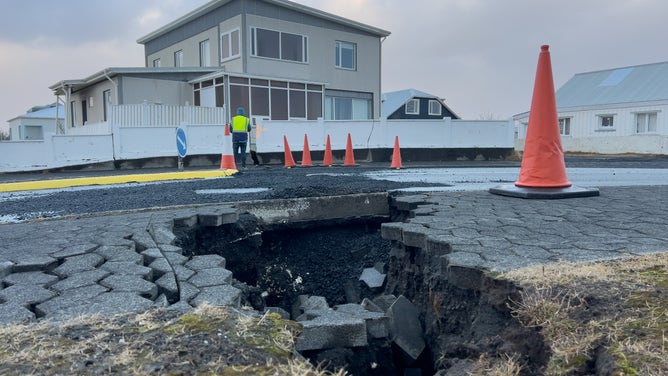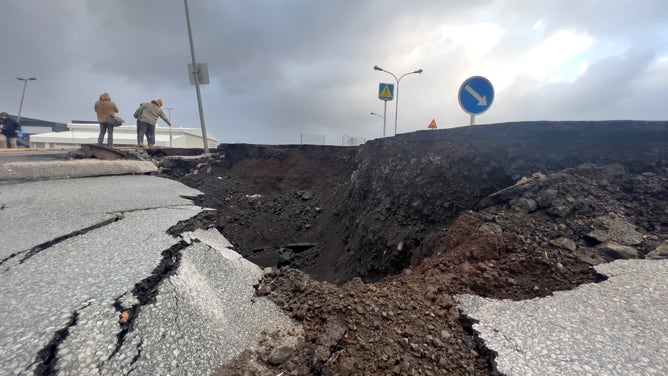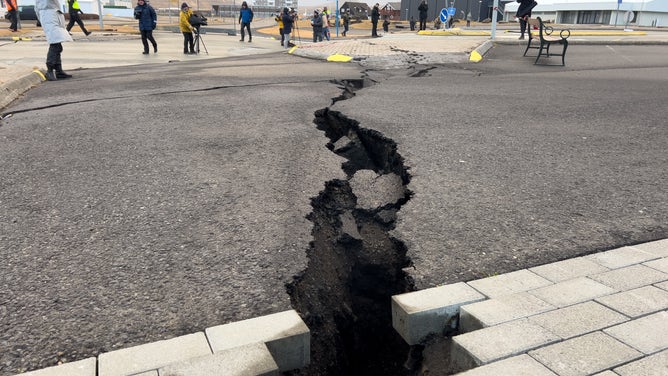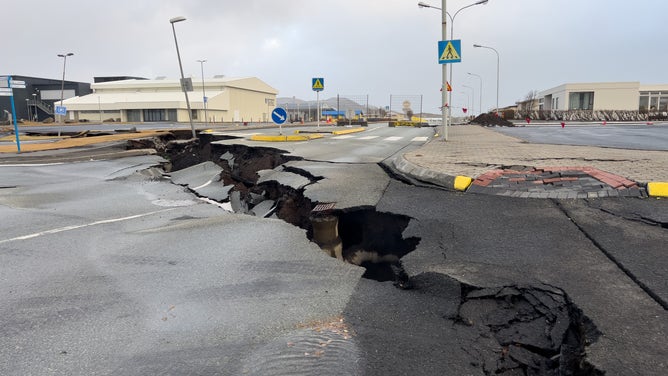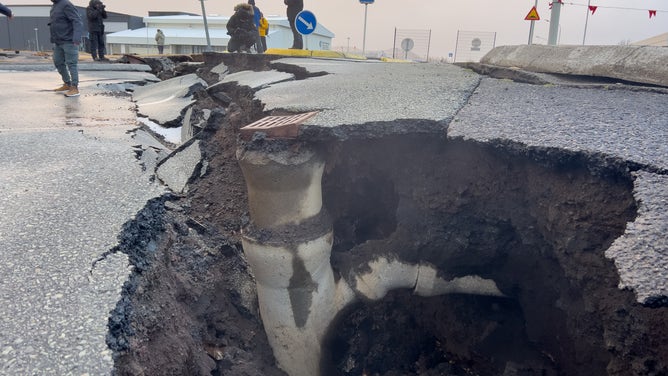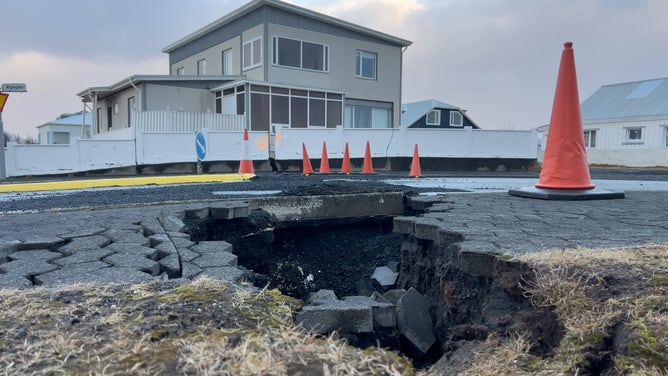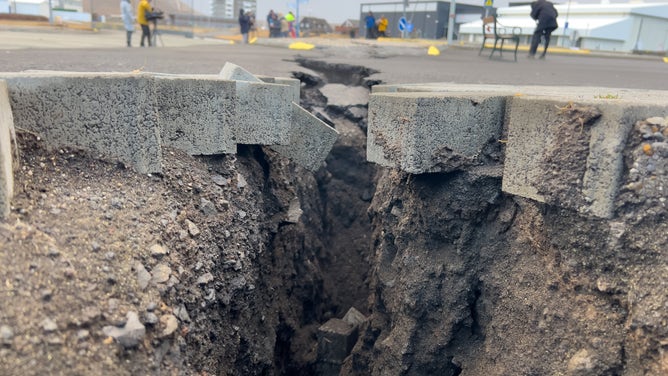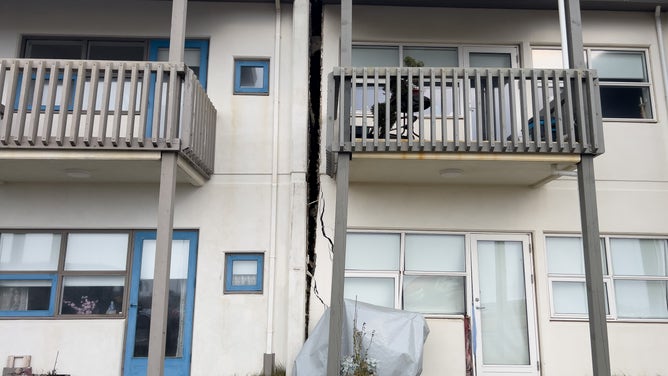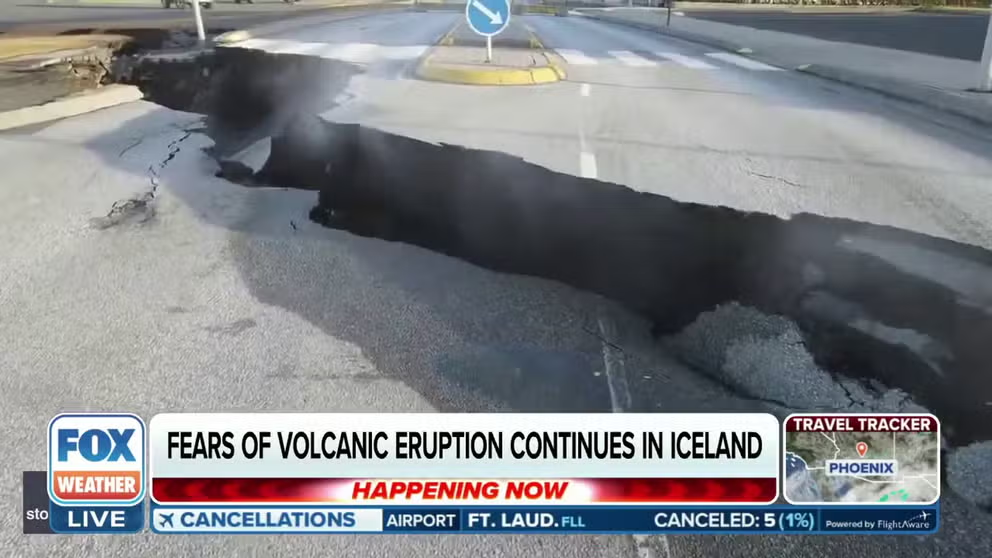Blue Lagoon extends closure as Iceland's earthquake activity continues decreasing
Although the frequency of earthquakes has been decreasing, according to an update from Icelandic Met Office (IMO) posted Friday, management of the Blue Lagoon has decided to keep the facility closed until Dec. 7 to ensure the safety of the visitors and staff.
FILE: 'Significant' risk of volcanic eruption imminent in Iceland
Thousands of residents were forced to flee their homes in Grindavik amid fears of a volcanic eruption in Iceland. FOX News Correspondent Bryan Llenas has new details from Grindavik.
GRINDAVIK, Iceland – A popular tourist attraction in Iceland known for its geothermal spa announced this week an extension of its closure due to ongoing earthquake activity in the area.
Although the frequency of earthquakes has been decreasing, according to an update from Icelandic Met Office (IMO) posted Friday, management of the Blue Lagoon has decided to keep the facility closed until Dec. 7 to ensure the safety of the visitors and staff.
"As of now, it is still impossible to determine if, when, or where an eruption might occur," Blue Lagoon management posted on their website Tuesday. "The Icelandic Meteorological Office, Civil Protection, and a team of scientists from the University of Iceland are closely monitoring the situation and analyzing the developments."
ICELAND VOLCANIC ACTIVITY CONTINUES TO WANE, REDUCING GRINDAVIK ERUPTION THREAT

The vast majority of tourists visiting Iceland pass through the hot springs of the Blue Lagoon.
(Raul Moreno/SOPA Images/LightRocket / Getty Images)
The wellness spa resort, built around a lagoon of geothermally heated seawater, temporarily shut down its facilities on Nov. 9 due to the occurrence of more than 1,400 earthquakes within a 24-hour period. Additionally, the country declared a state of emergency as a result of the series of earthquakes.
Authorities later ordered the evacuation of Grindavík, surrounding the resort, as a safety measure. The decision was made due to magma intrusions causing up to 2,000 earthquakes per day, as it pushed up the Earth's surface. The photos and videos below show the damaged streets and twisted landscape caused by the seismic and volcanic activity.
WHAT HAPPENS BEFORE A VOLCANO ERUPTS?
Two weeks following the resort's closure, the Department of Civil Protection and Emergency Management transitioned from an emergency level down to a dangerous level.
In the past few days, the automatic earthquake location system of the IMO has recorded only a few earthquakes, most of which were small ones below magnitude 1.0. Although the unrest phase is not yet over, the IMO has stated that predicting when and where the next dike will propagate is challenging. The IMO said the likelihood of a volcanic eruption continues.
CAN VOLCANIC ERUPTIONS AFFECT THE WEATHER?
Situation in Grindavik 'feels like a movie' as fears of volcanic eruption in Iceland continue
Professional basketball player and coach Danielle Rodriguez joined FOX Weather on Thursday to describe the situation in Grindavik, Iceland, as fears of a possible volcanic eruption in the area continue.
The latest seismic activity is focused in the area between Sýlingarfell and Hagafell, where it's likely that magma is accumulating beneath Svartsengi, the agency noted.
Iceland is no stranger to volcanic activity, and has experienced three eruptions on the Reykjanes Peninsula in the last two years.
Iceland has the highest number of active volcanic systems in Europe, with more than 30 currently active.

